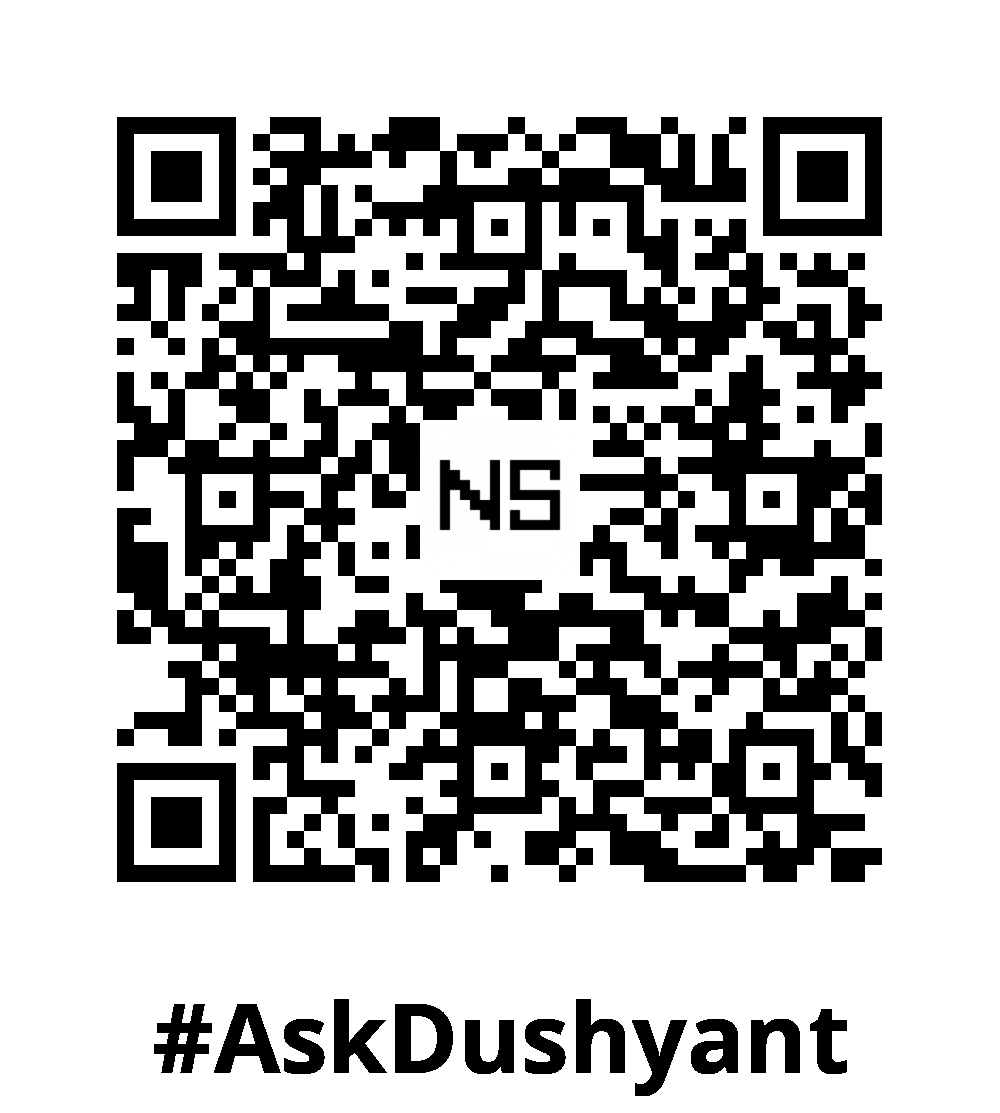Spanning over 18 years, my career in tech corporate world has revolved around crafting innovative solutions, However in tech world applications are a constant target for hackers looking to exploit vulnerabilities to access sensitive data, disrupt services, or cause harm to users. Recognizing common web hack techniques is crucial for developers to secure applications effectively. In this Tech Concept, we’ll explore popular hacking techniques, provide real-world examples, and share code snippets for preventing these attacks.
1. SQL Injection (SQLi)
SQL Injection allows attackers to insert malicious SQL code into input fields, enabling unauthorized data access and modification.
- How It Works: Attackers manipulate SQL queries by injecting code into input fields, gaining access to or modifying the database.
- Impact: Data theft, data corruption, and potential control over the database.
Example:
Consider a login form that directly concatenates user input into an SQL query:
// Vulnerable code:
$username = $_POST['username'];
$password = $_POST['password'];
$query = "SELECT * FROM users WHERE username = '$username' AND password = '$password'";Prevention:
Use parameterized queries to prevent SQL Injection:
// Secure code using parameterized query:
$stmt = $pdo->prepare("SELECT * FROM users WHERE username = ? AND password = ?");
$stmt->execute([$username, $password]);2. Cross-Site Scripting (XSS)
Cross-Site Scripting allows attackers to inject malicious scripts into web pages, which are then executed by other users’ browsers.
- How It Works: Attackers input JavaScript code in fields that render on a web page, potentially hijacking sessions or defacing content.
- Impact: Session hijacking, data theft, and potential site defacement.
Example:
An unescaped comment form on a blog:
<!-- Vulnerable code -->
<form>
<textarea name="comment"></textarea>
<button type="submit">Post Comment</button>
</form>Prevention:
Escape output to prevent XSS:
// Secure code using output escaping:
echo htmlspecialchars($comment, ENT_QUOTES, 'UTF-8');3. Cross-Site Request Forgery (CSRF)
CSRF tricks users into performing actions on websites without their knowledge, such as changing account settings.
- How It Works: Attackers craft hidden requests that users unknowingly submit while logged in.
- Impact: Unauthorized actions on behalf of users, account takeover, and loss of sensitive information.
Example:
A hidden request on a malicious website:
<img src="https://example.com/[email protected]">Prevention:
Use CSRF tokens in forms to authenticate actions:
<!-- Secure code with CSRF token -->
<form method="POST" action="/update_email">
<input type="hidden" name="csrf_token" value="<?php echo $_SESSION['csrf_token']; ?>">
<input type="email" name="email">
<button type="submit">Update Email</button>
</form>4. Remote Code Execution (RCE)
RCE exploits vulnerabilities, allowing attackers to execute arbitrary code on the server, often leading to complete control.
- How It Works: Attackers find insecure code paths that allow them to execute commands on the server.
- Impact: Full server compromise, data leaks, and downtime.
Example:
Insecure use of eval() in PHP:
// Vulnerable code:
$code = $_GET['code'];
eval($code);Prevention:
Avoid functions like eval() and restrict user input:
// Secure code with input validation and avoiding eval:
$input = htmlspecialchars($_GET['input']);5. Man-in-the-Middle (MITM) Attacks
MITM attacks involve intercepting communication between users and applications, often leading to data theft.
- How It Works: Attackers position themselves between user and server to intercept or modify data.
- Impact: Data theft, session hijacking, and potential fraud.
Prevention:
Use HTTPS with TLS encryption to protect data in transit:
# Nginx HTTPS setup
server {
listen 443 ssl;
ssl_certificate /etc/ssl/certs/example.com.crt;
ssl_certificate_key /etc/ssl/private/example.com.key;
}6. Directory Traversal
Directory traversal allows attackers to access restricted directories by manipulating file paths.
- How It Works: Attackers use
../in file paths to access unauthorized directories. - Impact: Exposure of sensitive files and potential server compromise.
Example:
A file download feature vulnerable to path traversal:
// Vulnerable code:
$file = $_GET['file'];
readfile("/var/www/uploads/" . $file);Prevention:
Validate file paths and use a whitelist approach:
// Secure code using a whitelist:
$allowed_files = ['report.pdf', 'summary.pdf'];
if (in_array($file, $allowed_files)) {
readfile("/var/www/uploads/" . $file);
} else {
echo "Invalid file!";
}7. Password Attacks (Brute Force and Credential Stuffing)
Password attacks include guessing passwords through brute force or using breached credentials to gain unauthorized access.
- How It Works: Attackers attempt to log in using a list of passwords or credentials from previous data breaches.
- Impact: Account takeovers, data theft, and fraud.
Prevention:
Implement rate limiting, CAPTCHA, and enforce strong passwords:
// Example: Adding rate limiting with session tracking
if ($_SESSION['login_attempts'] > 5) {
echo "Too many login attempts. Please try again later.";
} else {
// Process login
}8. Denial of Service (DoS) and Distributed Denial of Service (DDoS)
DoS and DDoS attacks flood applications with requests, making them unavailable to legitimate users.
- How It Works: Attackers overwhelm application resources with traffic.
- Impact: Service outages and loss of revenue.
Prevention:
Set rate limiting and use a DDoS protection service:
# Nginx rate limiting
limit_req_zone $binary_remote_addr zone=mylimit:10m rate=10r/s;
server {
location / {
limit_req zone=mylimit burst=20;
}
}9. XML External Entity (XXE) Attacks
XXE attacks exploit XML parsers to access sensitive files or execute code on the server.
- How It Works: Attackers add external entities to XML, enabling file access or command execution.
- Impact: Data leaks, server compromise, and downtime.
Prevention:
Disable XML external entities in parsers:
// PHP example disabling external entities in XML
$xml = new DOMDocument();
$xml->loadXML($data, LIBXML_NOENT | LIBXML_DTDLOAD);My Tech Advice: Understanding and mitigating common web hack techniques is essential to building secure web applications. I’ve primarily focused on securing code using PHP, However this approach applies equally to Java, Python, and other programming languages. By implementing strategies like input validation, encryption, and secure coding practices, developers can significantly reduce the risk of security breaches. Staying updated on these vulnerabilities and employing proactive defense measures will help safeguard applications and protect user data.
#AskDushyant
#TechConcept #TechAdvice #Hack #CodeHack #Hacking #SQLInjection #CRSF #DoS #XSS


Leave a Reply